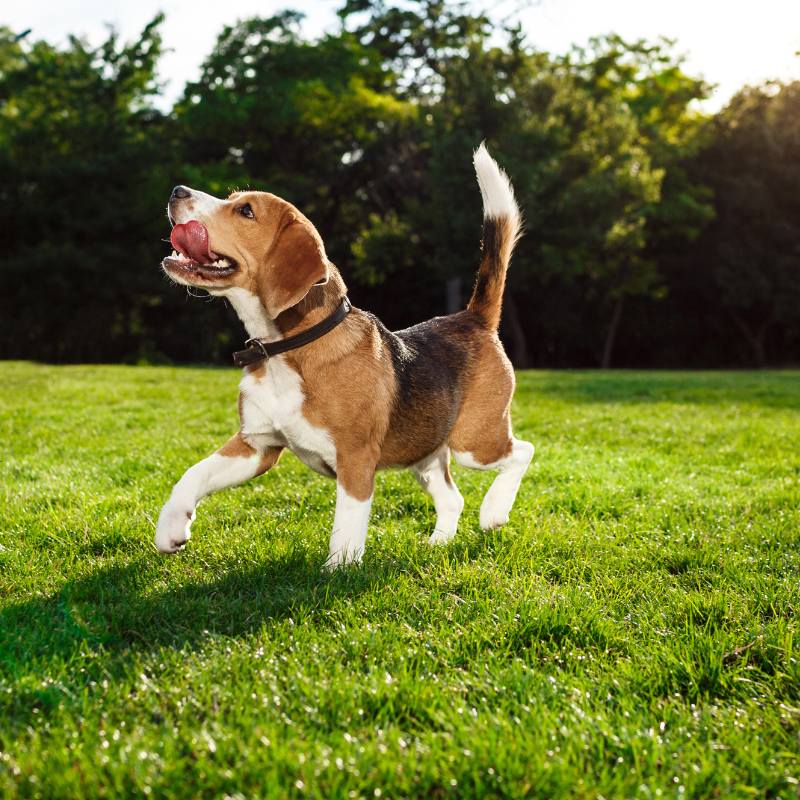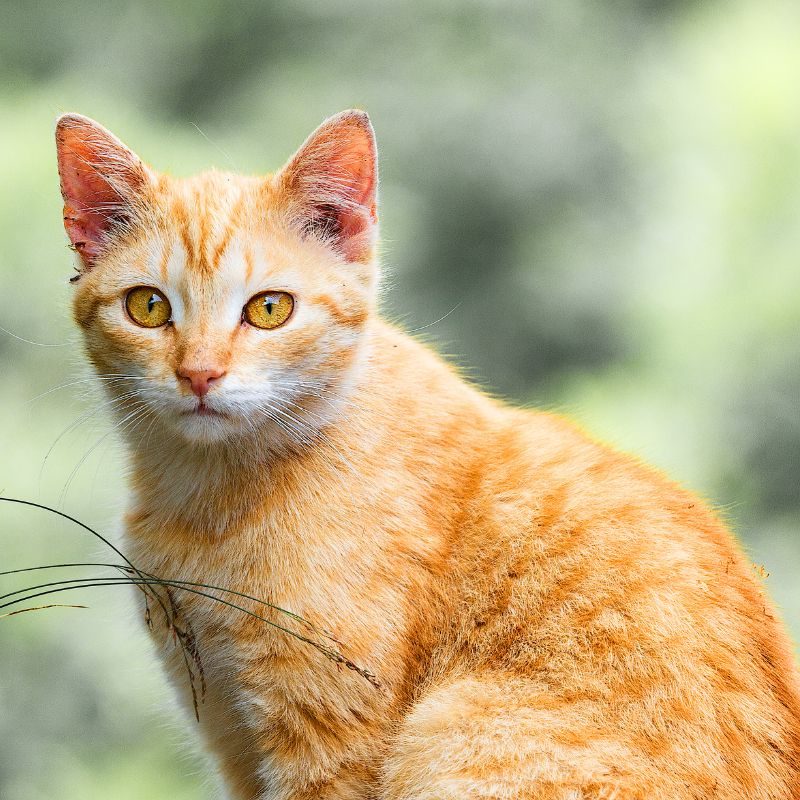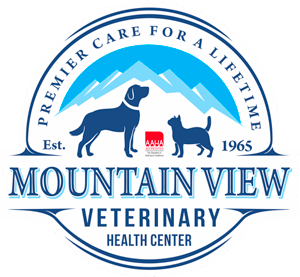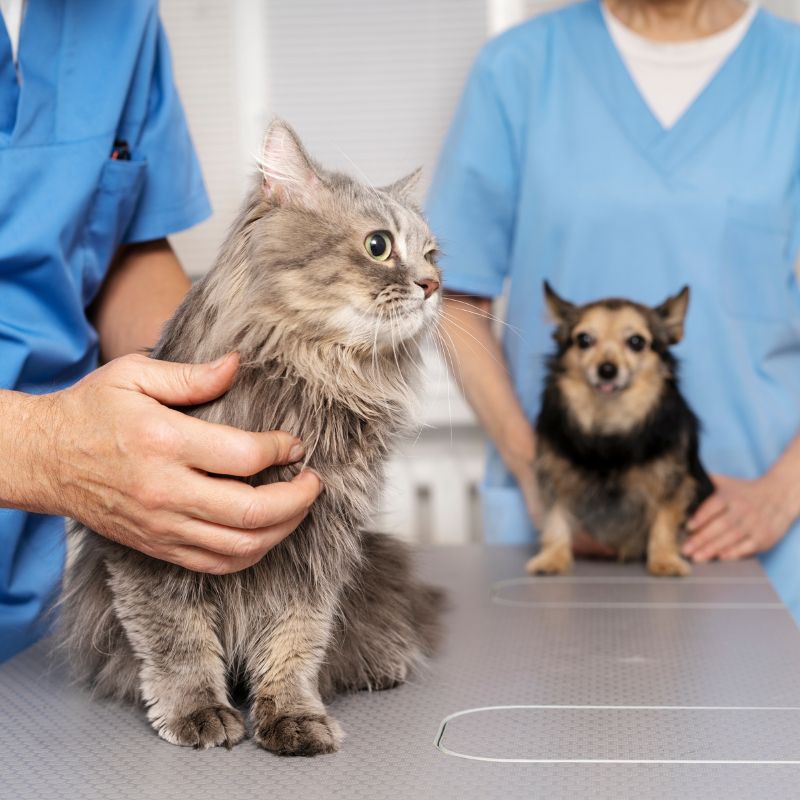Pet Vaccinations
At Mountain View Veterinary Health Centers, we don’t just provide vaccinations; we deliver peace of mind. Our commitment goes beyond safeguarding your pet’s health – it’s about fostering a bond that lasts a lifetime.


Why Choose Our Over-the-Top Vaccination Services?
Unparalleled Expertise
Our team of dedicated veterinarians possesses an innate understanding of your pet’s emotional needs. We go the extra mile.
Tailored Protection
Fear-Free Environment
Vaccine Protocol
To protect pets from deadly diseases and balance vaccination needs. The following vaccine guidelines are now in effect and are required for boarding and grooming animals:
Dogs
- Rabies: Following Utah State Law which currently follows the Compendium of Animal Rabies Prevention and Control. Give Rabies at 16 weeks old. Initial Booster at one year and triennially after that.
- DAPPC: Give at six weeks booster at 3-4 weeks and then Booster with DAP at 3-4 weeks. Only given to pets under 12 weeks old.
- DAP: Give at 12 weeks (continuing from DAPPC) Booster at 3-4 weeks. Give initial adult booster at one year. Booster again at one year and triennially after that. Puppies older than 16 weeks and adults with no vaccine history should be given an initial vaccine booster 3-4 weeks later. Booster at one year. Booster again at one year and triennially after that.
Reasoning: According to the AAHA canine vaccination guidelines, puppies should have a booster of DAP 1 year after their initial puppy series. To offset Rabies from the DAP schedule and ensure an adequate vaccination titer response, MVVHC feels giving an additional 1-year booster is required. After this initial series, we feel a 3-year vaccine protocol is in the patient’s best interest even though the vaccine label states to Booster annually.
- Bordetella (oral or intranasal): Give at 12 weeks and then every six months after that. Reasoning: Although the vaccine label states to Booster annually, MVVHC has seen Bordetella symptoms appear at 8-9 months; thus, the 6-month protocol is what we feel is in the patient’s best interest.
- Rattlesnake (not required): Dog must be at least 6 months of age. Initial Booster at four weeks and then annually after that. Give three months before the height of the rattlesnake season. After six months, the immunity starts to wane.
Typical Vaccine Schedule for Puppies
- 6 weeks: DAPPC
- 9 weeks: DAPPC
- 12 weeks: DAP + Bordetella
- 16 weeks: DAP + Rabies
- 9 months: Bordetella
- 1 year 4 months: DAP + Rabies +Bordetella (1 month late)
- 1 year 10 months: Bordetella (continues every 6 months)
- 2 year 4 months: DAP
- year 4 months: Rabies
- 5 year 4 months DAP
- Etc.
Cats
- Rabies: Following Utah State Law which currently follows the Compendium of Animal Rabies Prevention and Control. Give Rabies at 16 weeks old. Initial Booster at one year and triennially after that.
- FVRCP: Give at six weeks with three additional boosters 3-4 weeks apart, ending at 16 weeks. Booster at one year and then biennially after that. Kittens older than 16 weeks and adults with no vaccine history should be given an initial vaccine booster 3-4 weeks later.
Booster at one year and biennially after that. If the cat is boarding or grooming, boosters are required annually and must be given at least seven days before boarding/grooming happens.
Reasoning: We followed a 2-year protocol after the initial series to offset the rabies vaccine and ease continuity. This follows the booster guidelines of FELV. As the AAFP Feline Vaccination Guidelines state, boarding can be stressful with feline herpes outbreaks; they recommend an annual FVRCP Booster 7-10 days before the stress even happens. We feel following a 2-year protocol with one year for boarding/grooming pets is a good compromise for maintaining the health and welfare of cats.
- FELV (not required after initial boosters): Give at 12 weeks (Combo with FVRCP), Booster 3-4 weeks later. Booster at one year and then biennially if the patient’s lifestyle indicates. Kittens older than 16 weeks and adults with no vaccine history should be given an initial vaccine booster 3-4 weeks later. Booster at one year and biennially after that if lifestyle indicates. Test before vaccination to verify FELV antigen-negative status.
Reasoning: The AAFP Feline Vaccination Guidelines state FELV should be administered to every kitten and a booster given at one year. After the initial vaccination, FELV becomes a non-core vaccine and should be given as lifestyle indicates (cat goes outdoors at all). The guidelines also state FELV should be Booster biennially. Our guidelines now follow this.
Typical Vaccine Schedule for kittens
- 6 weeks: FVRCP
- 9 weeks: FVRCP
- 12 weeks: FVRCP/FELV
- 16 weeks: FVRCP/FELV + Rabies
- 1 year 4 months: FVRCP/FELV + Rabies
- 3 year 4 months: FVRCP (FELV is warranted)
- 4 year 4 months: Rabies
- 5 year 4 months: FVRCP (FELV is warranted)
- Etc.

